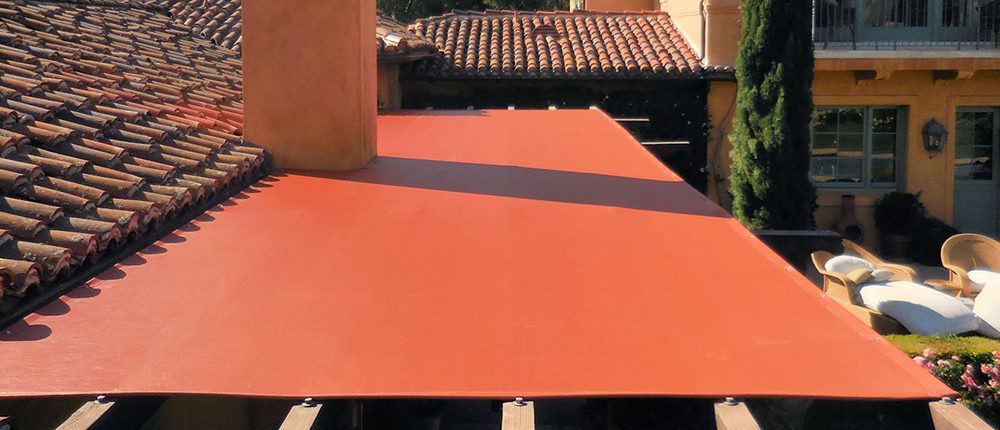A Guide to Buying the Best Tarp
A tarp has numerous applications. In order to determine the best tarp to purchase, a buyer must already have a good idea on its intended use or purpose. This article seeks to aid buyers in finding the perfect tarp to match their needs.
Benefits and Usage
Tarps can be used as protection against rain, wind, and winter. It is a very useful tool for covering different types of assets such as cars, furniture and other things that a person wishes to protect against water damage or other outdoor elements. Tarps are also used to prevent floors, patios, truck beds, and driveways from getting dirty. Given these purposes and benefits, tarps are best attached to tents or poles in order to provide shade or shelter from the various environmental factors.
Tarp Thickness
An important step in the tarp purchasing process is determining the right thickness to suit a buyer’s needs. The thickness of the tarp is measured in “mils” which is 1/1000 inch. Lightweight tarps are typically 5 to 8 mils thick. On the other hand, medium tarps go from 9 to 11 mils and heavy-duty tarps go from 12 to 13 mils. Finally, super heavy-duty tarps are also available in the market. These products range from 16 to 24 mils.
The thickness of a tarp can potentially determine its overall durability and ability to protect what is beneath the installation. On the other hand, users may need thinner tarps for portability and ease of usage for semi-permanent or temporary installations. Thus, finding the right balance between durability and weight is crucial to maximize a purchase.
Tarp Materials
The three most commonly used materials for tarps are polyethylene, canvas and vinyl. Each type of material possesses strengths and weaknesses and are best used in different applications.
Polyethylene is the most chosen type of tarp, because their cost-efficiency and flexibility. Polyethylene tarps are waterproof and are often UV coated. However, polyethylene tarps are best suited for temporary applications such as camping. Unlike other more expensive options such as vinyl or canvas, polyethylene tarps can only withstand low temperature conditions. In hotter environments, polyethylene tarps are prone to breakage or shredding depending on the gravity of its exposure to the sun.
Canvas tarps on the other hand are breathable, flame retardant and environment-friendly covers. They can potentially last for a long time when properly maintained. Canvas tarps can also be retreated in order to restore their original constitution and strength. However, canvas tarps are only water-resistant and not waterproof. This means that when exposed to rain, water can slowly drip through the material instead of sliding. Further, they are prone to mildew, especially in damp environments. Lastly, while canvas can be used in various weather conditions, they are seldom UV treated and may allow heat to penetrate.
Vinyl tarps offer superior tear resistance, longer service life, as well as better protection from UV and rain. Vinyl is also noted to be a “size-stable” material, which does not shrink even when exposed to different weather conditions. A downside to using vinyl is that the material has the tendency to fade through the course of its usage. However, because of its overall durability and protection, vinyl tarps can be used as roof covers, canopies, tents or patio covers.




